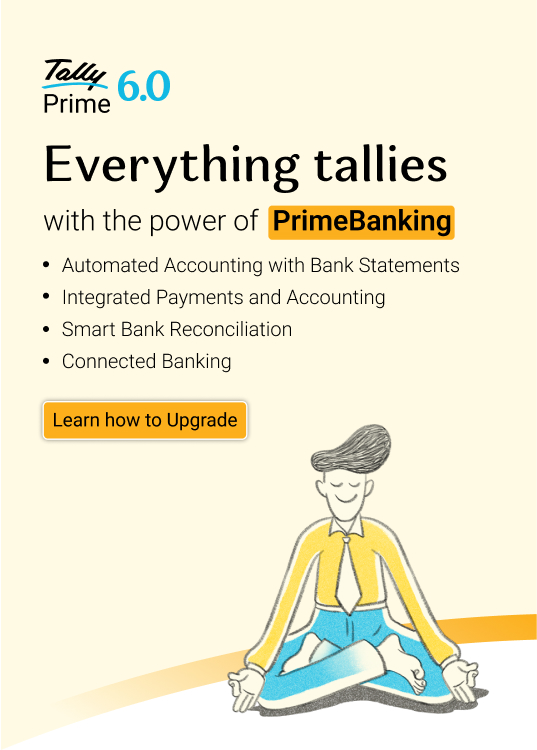Before e-Commerce existed, shopkeepers used to form a bond with some of their customers by sharing their stories, and then these customers used to frequent their stores because of the bond and the trust they built.
This is what is called Account Based Marketing (ABM). You form a bond with a few specific customers who feel personally connected to your business.
While forming a personal bond is possible for a small physical store, this is not the same for modern day businesses with a large customer base. There’s a wide stretch of audience and it’s quite a struggle to convert the leads.
Here comes account-based marketing, twisting traditional lead generation in its head, helping you concentrate resources on a set of high value accounts, treating each as its own.
Account Based Marketing is a strategic business tool that focuses on identifying and targeting a specific set of high value accounts or companies instead of trying to reach a broad audience. In simple terms, it focuses on quality over quantity.
How to Elevate Your ABM Strategy
If you are starting your ABM journey or looking to sharpen your strategy, here comes a step-by-step guide that will help you maximise ROI and build long-term customer relationships.
Step 1- Identify High Value Accounts
Account-based marketing starts with a concise list. Instead of targeting thousands of random prospects, narrow in on accounts that best match your ideal customer profile (ICP).
Just like, swiping right on the right one.
Use a combination of your CRM data, third party data (like LinkedIn sales navigator), and sales team insights to rank accounts based on revenue potential, industry fit, buying signals or strategic importance.
Step 2- Build Deep Account Insights
Once you know your target, you need to learn how to reach them. Research on:
- Company priorities like growth, cost cutting, sustainability, etc.
- Pain points and challenges
- Competitors relationships
- Key decision-makers and influencers
Tip- Mid-sized B2B purchases often involve 5-10 decision makers. Map the buying committee. Building stakeholders profiles helps you tailor your outreach to each.
Step 3- Craft Personalised Campaigns
Generic messaging doesn’t fit with ABM. You need to speak the language of each account, focusing on their needs and priorities. That means creating:
- Personalised emails mentioning relevant pain points
- Custom landing pages for different niche industries
- Tailored whitepapers or case studies that solve their challenges.
Tip- Use marketing automation tools with dynamic content features to personalise at scale.
Step 4- Align Sales and Marketing
ABM only works if sales and marketing act as a single, coordinated team. Syncing regularly to discuss on:
- Account engagement progress
- Next best actions
- Lead scoring updates
- Feedback on messaging and campaigns.
Tip- Create a shared ABM dashboard so everyone stays aligned on metrics like engagement, meetings booked, and pipeline progress.
Step 5- Engage Across Multiple Channels
One of the core strengths of ABM is the ability to engage the right people in the right places using a mix of digital and human touchpoints. Decision makers today are spread across different platforms and prefer different ways of interacting with content. That’s why multi-channel engagement is not just smart, it’s essential.
Tip- Use retargeting ads to stay visible among stakeholders who have visited your website but have not yet responded.
Step 6- Measure, learn, optimize
Beauty of ABM is its measurability, because you are focusing on a defined set of target accounts, you can easily track how well your marketing and sales efforts are influencing those specific companies- all the way from first touch to closed deal.
Measure and Optimise Your Journey
Let’s break it down to four key areas to measure and how to optimise based on what you learn:
Engagement Rate
Tracking engagement helps you understand how actively your target accounts are interacting with your campaigns. Look at:
- Emails open and click through rates
- Ad impressions and clicks (LinkedIn, Google, etc.)
- Website visits from specific accounts
- Time spent on content or landing pages.
Use IP based tracking tools or ABM platforms to see exactly which companies are visiting your website- even if they don’t fill out a form.
What to focus on: Are the right people on the account engaging with your content? If engagement is low, revisit your messaging, timing, or channel strategy.
Smart Tip: Use IP-based tracking tools or ABM platforms to see exactly which companies are visiting your website- even if they don’t fill out a form.
Pipeline Influence-
ABM is not just about engagement- it's also about moving target accounts closer to a deal. Track how many target accounts are:
- Entering the sales pipeline
- Progressing to later stages (e.g., from demo to proposal)
- Engaging across multiple touchpoints
What to focus on: Are your ABM activities leading to qualified sales conversations? If accounts are engaging but not converting, there may be a disconnect between marketing messaging and sales pitch.
Smart Tip: Set up attribution models to connect marketing actions (like webinar attendance or ad clicks) with sales outcomes.
Revenue closed
- The most concrete measure of ABM success is closed-won revenue from target accounts.
- How many ABM accounts are converted into paying customers?
- What’s the average deal size compared to non-ABM leads?
- How many decision-makers were involved in the purchase?
What to focus on: Are you closing deals from the accounts you invested in? If not, re-evaluate whether you’re targeting the right types of accounts or whether there are barriers during the later stages of the buyer’s journey.
Smart Tip- Include post- sale insights to understand what worked- and replicate it for similar accounts
Deal Velocity-
Measure how quickly your target accounts move through the sales funnel.
- Time from first contact to discovery call
- Time between proposal and close
- Delays or bottlenecks in the process
What to focus on: ABM should lead to shorter, more efficient sales cycles because of high personalization. If velocity is slow, look at where accounts are stalling- is it at the demo stage? Contract negotiation? Revisit those touch points.
Smart Tip: Align follow-ups and nurturing content to anticipated delays. For example, if legal review slows things down, offer value driven content during that wait.
In the end
ABM is not a "launch and forget" strategy or a campaign. It's a loop of testing, learning, and optimizing. It takes time, collaboration, and iteration. But the payoff- higher deal values, shorter sales cycles, and better customer relationships- makes it worth the effort.










